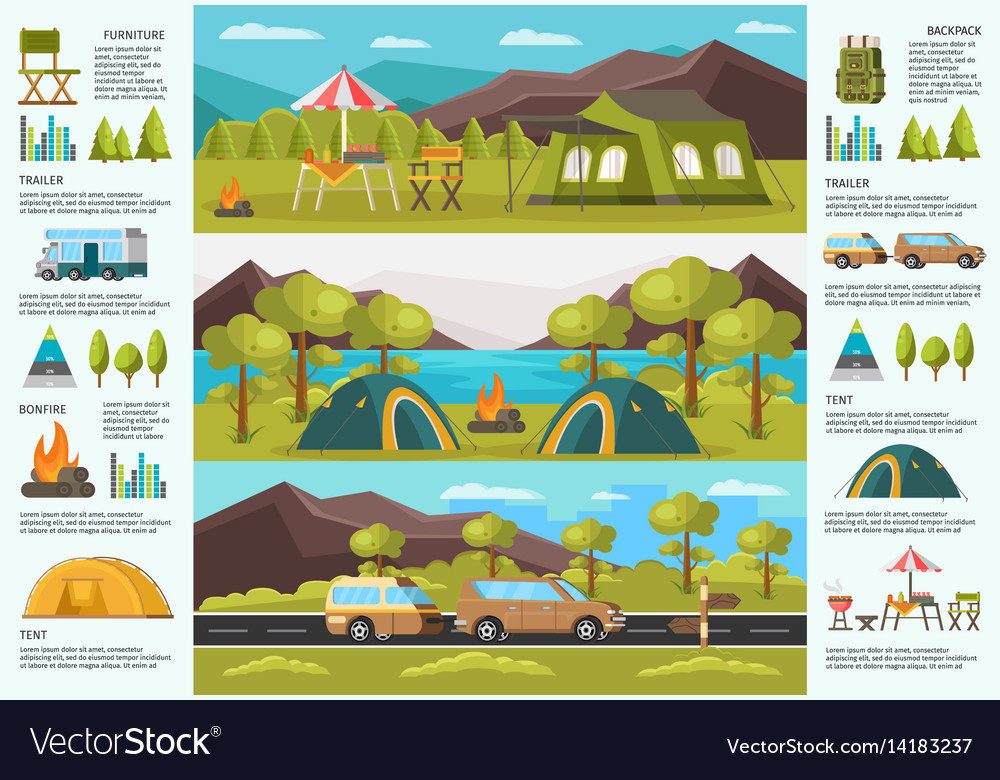Pursuing The Dream Marketing Your Company By Selling Camping Tents
Pursuing The Dream Marketing Your Company By Selling Camping Tents
Blog Article
My Little House Tent Instructions
Tent-style tiny homes enable you to live a minimalist life outdoors while forging stronger connections with nature. These THOWs often have large windows to let in ample natural light and stunning views of the surrounding environment.
Give your tot a space as playful as she is with a kids’ play tent. Explore a variety of designs to suit your little explorer’s imagination and lifestyle.
Preparation
Before you start building the tent, make sure that you have all of the necessary pieces. It’s a huge pain to get to the campsite and realize that you forgot something important. To prevent this from happening, keep all of the parts for the tent in one place and double check that you have everything before you leave.
Once you have all of the tent parts together, find a flat space to set up camp in. Clear the area of any twigs and other debris, and lay down a ground cloth that is at least as big as your tent. This will provide a comfortable surface to sleep on and protect you from rain water.
Take two of the twin flat sheets and cut them to the length that they need to be for the tent sides. Pin one of the sets to the other with the looped tie on top of it. Sew around the edges.
Maintenance
While most tents can be taken out and put back in without much maintenance, it is important to keep a few basic tools handy. A small repair kit with duct tape, a patch kit and extra stakes should be in every best portable camping fan camping pack. Most tents can be repaired with these and a quick fix of a few stitches or a seam sealer.
Tents can get dirty and should be cleaned often to prevent a build up of moisture and mold. A good clean with a damp cloth or sponge should be enough to clean most tents. Zippers should also be cleaned. Dirty zippers can cause them to corrode or break.
When collapsing a sock-corded pole, do so in sections to ease the stress on the shock cord and minimize splintering. It is also important not to leave food inside the tent; this can attract hungry critters who will chew through tent fabric in their quest for a tasty snack.